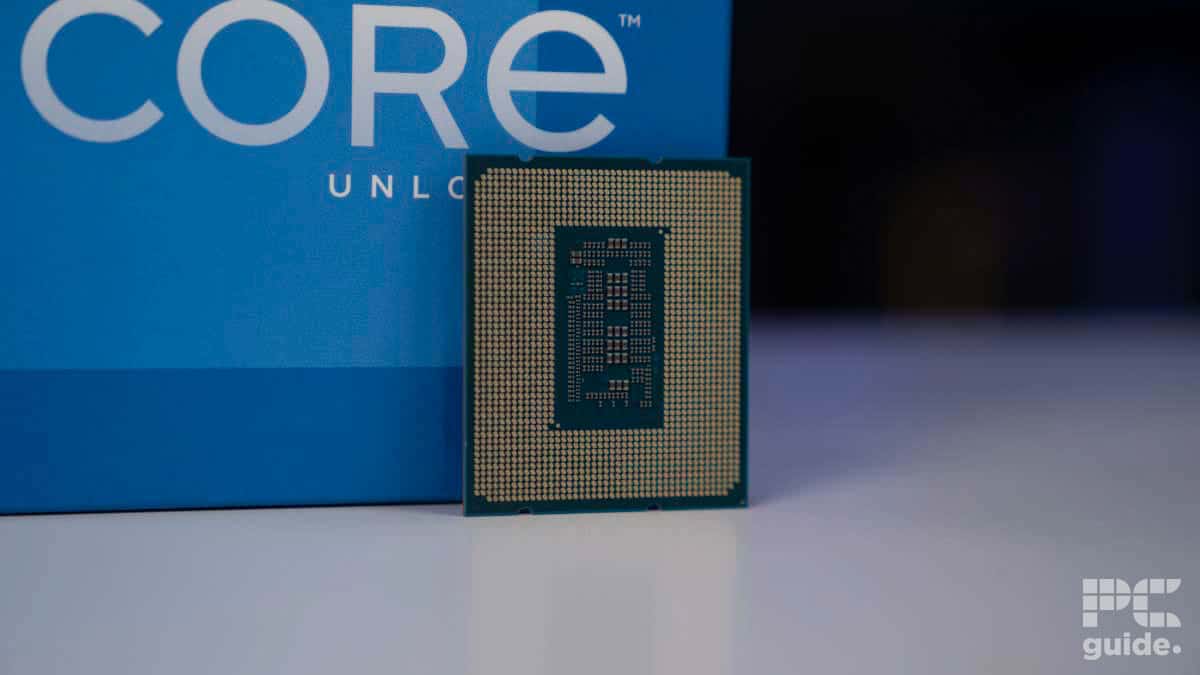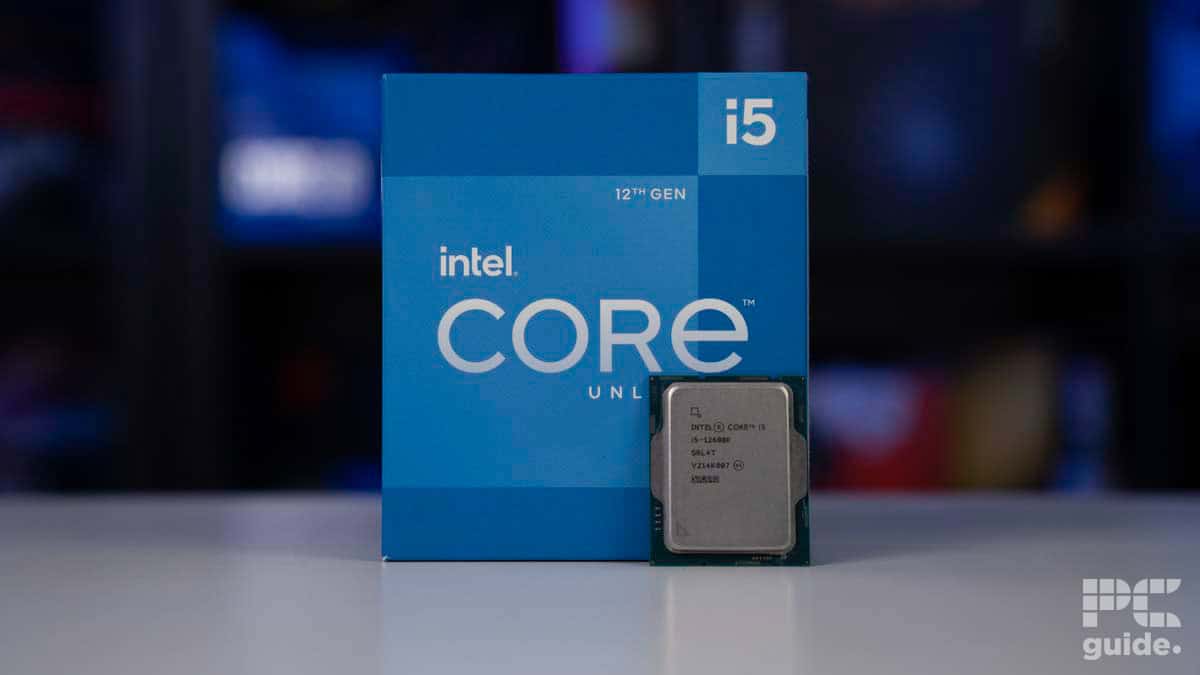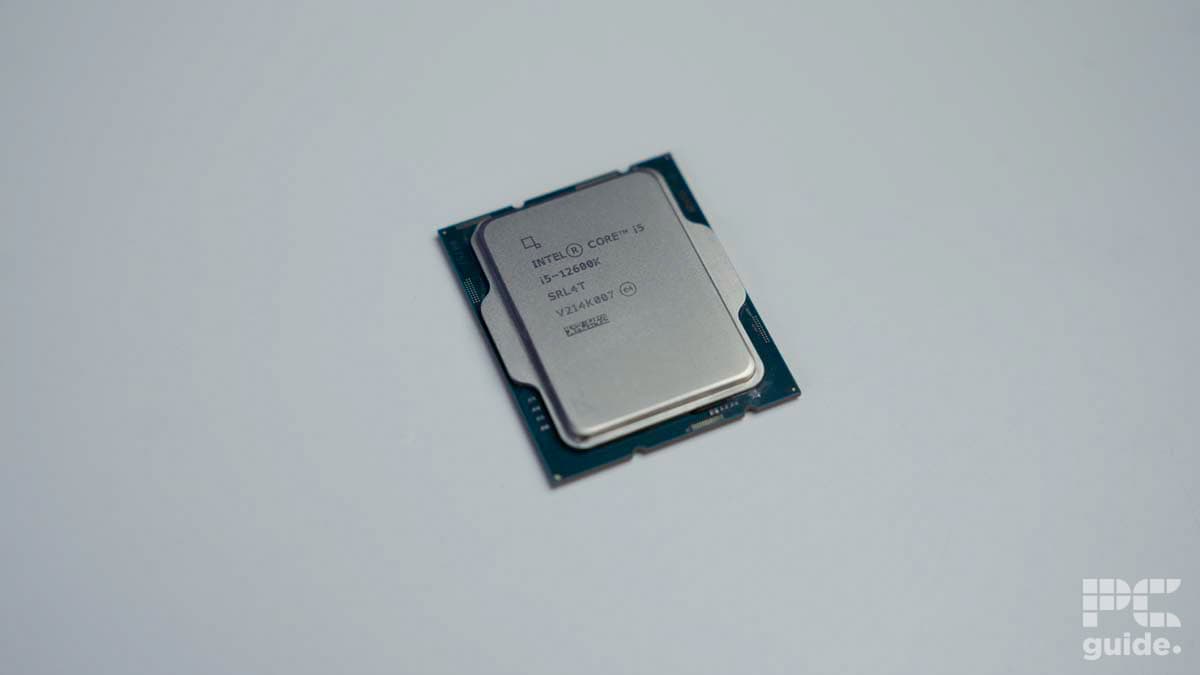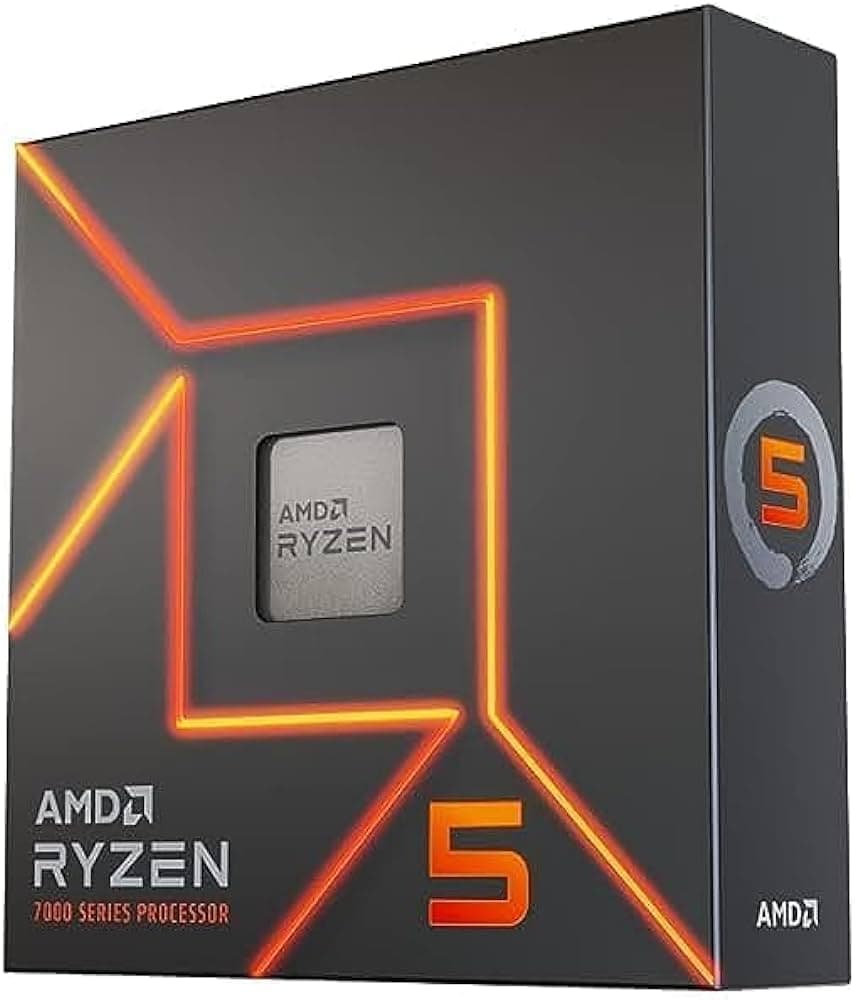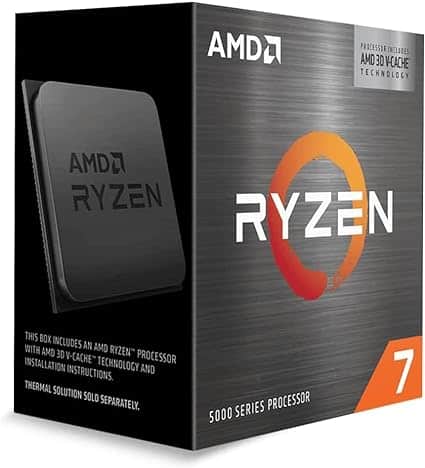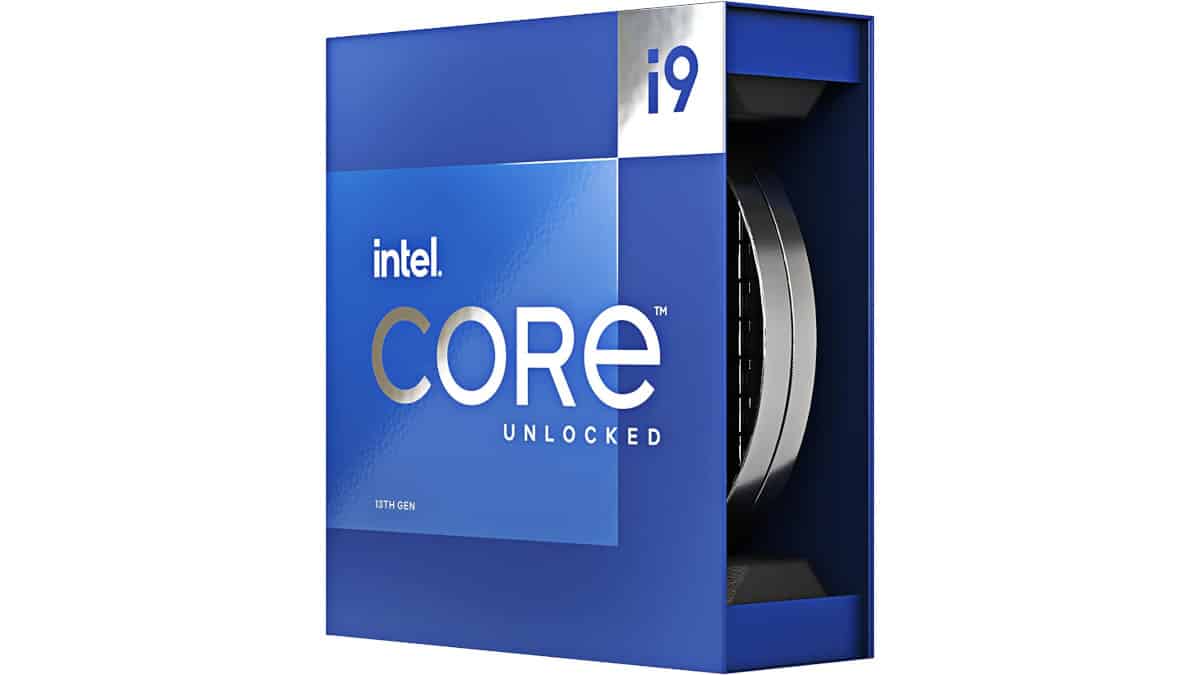Intel Core i5-12600K review – is the 12th gen still worth it?
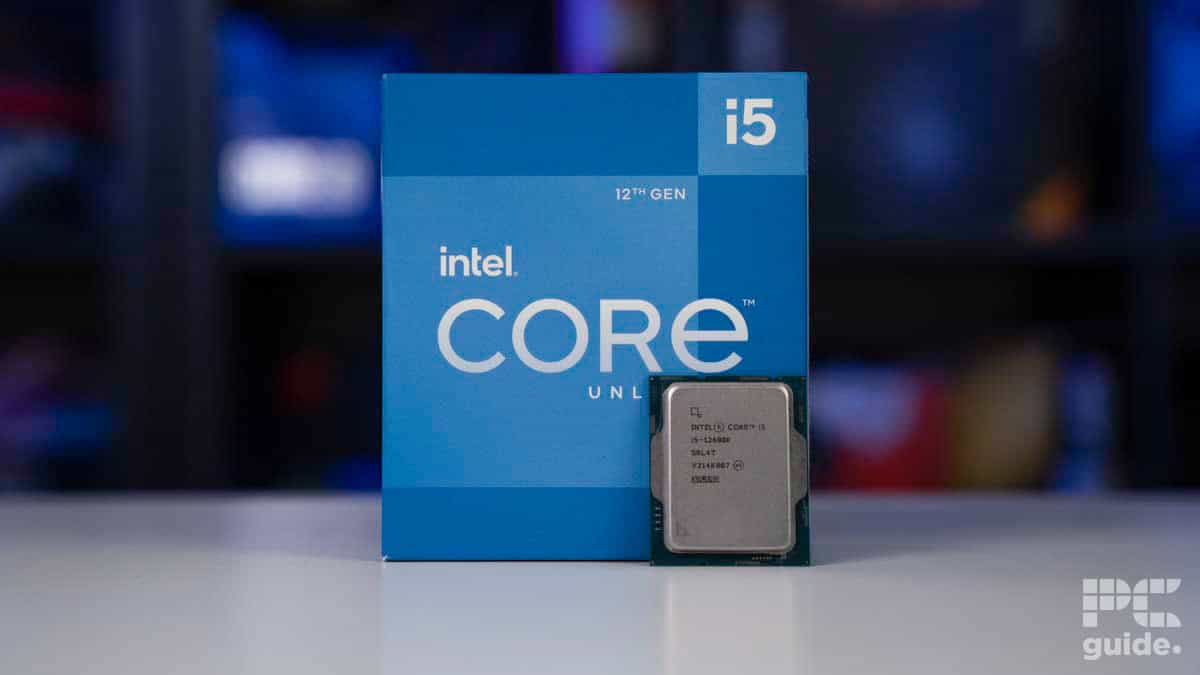
Table of Contents
The Core i5 12600K is one of the best CPUs ever released in terms of value, and what it did for the more value-orientated CPUs going forward. Our Cire i5 certainly made its mark in the industry, cementing the 600 suffix as the value beast offering from Team Blue, and it’s easy to see why. Here’s our Core i5 12600K review.
This CPU was released in 2021 on Nov 4th, and it came as Intel’s answer to the very successful 5600X, which was released a year prior. This 10-core efficiency monster packs a punch and does it without wasting a drop of potential, all thanks to what Intel likes to call BIG.little core technology, which made its debut in the 12th generation of Intel processors.
Prime Day may have closed its doors, but that hasn't stopped great deals from landing on the web's biggest online retailer. Here are all the best last chance savings from this year's Prime event.
- Sapphire 11348-03-20G Pulse AMD Radeon™ RX 9070 XT Was $779 Now $719
- AMD Ryzen 7 7800X3D 8-Core, 16-Thread Desktop Processor Was $449 Now $341
- Skytech King 95 Gaming PC Desktop, Ryzen 7 9800X3D 4.7 GHz Was $2,899 Now $2,599
- LG 77-Inch Class OLED evo AI 4K C5 Series Smart TV Was $3,696 Now $2,996
- AOC Laptop Computer 16GB RAM 512GB SSD Was $360.99 Now $306.84
- Lexar 2TB NM1090 w/HeatSink SSD PCIe Gen5x4 NVMe M.2 Was $281.97 Now $214.98
- Apple Watch Series 10 GPS + Cellular 42mm case Smartwatch Was $499.99 Now $379.99
- AMD Ryzen 9 5950X 16-core, 32-thread unlocked desktop processor Was $3199.99 Now $279.99
- Garmin vívoactive 5, Health and Fitness GPS Smartwatch Was $299.99 Now $190
*Prices and savings subject to change. Click through to get the current prices.

- Cores: 10 (6P + 4E)
- Threads: 16
- Boost Clock Speed: 4.9 GHz P / 3.6 GHz E
- Base Clock Speed: 3.7 GHz P / 2.8 GHz E
- L3 Cache: 20 MB (shared)
- TDP: 125W
- Platform: Intel (LGA 1700)
The Core i5-12600K is one of the best CPUs that Intel has manufactured and stands as one of my personal favorites. It effortlessly combines power efficiency with single-core performance to make for one fierce competitor in the budget CPU space.
- Included cooler
- BIG.little core technology debuted in this CPU
- Strong single core performance compared to competitors
- Very low power consumption for the performance it achieves
- Runs a little hot during intensive programs
- Superseded by the 13600K
- Not really built for multi-core workloads
Why we gave it a 4.5
We gave this CPU a 4.5 because of what it has done for Intel in the long run, it showed that the split architecture was not only possible but beneficiary. The 12600K performs very well on a budget, sometimes almost doubling the performance of the 5600X, though it does consume twice the power. If it wasn’t for that, it’d be 5’s all around.
To cut a long review short, we love the 12600K, not only for its affordability, or its performance, but for its innovation, and what it did for the future of one of Intel’s best CPUs as a whole. If you need a relatively cheap CPU that will work across multiple chipsets with both DDR4 and DDR5 memory, then this CPU might be for you.
CPU specifications
Before we get into the performance of the CPU, we need to understand how it manages to pull the numbers it does. For that, we’re going to look at the specifications and mention a little bit about how the BIG.little technology we mentioned earlier works.
- Cores: 10 (6P + 4E)
- Threads: 16
- Base clock speed: 3.7GHz P core / 2.8GHz E core
- Boost clock speed: 4.9GHz P core / 3.6GHz E core
- L2 Cache: 12.5MB
- L3 Cache: 20MB
- TDP: 125W
- Socket: LGA 1700
What’s interesting here is the inclusion of “P cores” and “E cores”, this is the BIG.little hybrid architecture I was talking about earlier. Intel has chosen this direction to bring more power to Intel processors without quite literally making them too hot to handle.
Why did Intel choose this architectuire?
The aim of the game with the big.LITTLE architectures was to reduce the overall power consumption and TDP of Intel processors, they run hot enough as it is. How it works simply, is the P cores (performance cores) handle the heavy lifting, and the E cores (efficiency cores) handle the lighter workloads in your system that don’t require the beef of the performance cores.
Of course, the whole process is a little more complex than that, it involves a task scheduler to sort the workloads before they hit the CPU to determine what core should handle what, it’s all very fascinating. But this serves as a simple explanation. This is the first implementation of the big.LITTLE architecture where none of the E cores are hyperthreaded, that’s why the Threads aren’t double the cores like we’re used to seeing.
This was again done for efficiency’s sake, this i5 already consumes 125W next to AMD’s equivalent of 65W, which is pretty much double. But do you get double the performance for almost double the power usage?
CPU performance
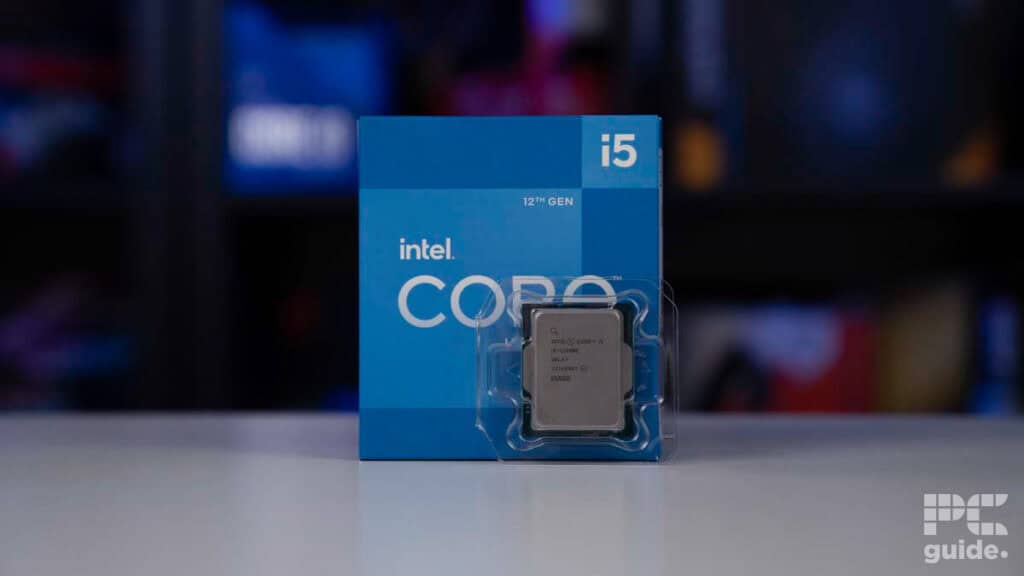
Before we jump into the benchmarks, we have to outline the test bench and the components we used to benchmark the 12600K. This will help us to gain an idea of why the CPU pulled the numbers it did because the testing environment has a lot to do with that.
The components used to test the Core i5 are as follows:

| Component | Name |
| GPU | RTX 4070 Ti Super |
| Memory | Corsair Vengence @ 6400MHz |
| Motherboard | Crosshair Dark Hero Z790 |
| CPU cooler | Corsair Elite LCD Capellix 360MM |
| Power supply | ASUS ROG Thor 1000W |
| Case | Cooler Master Masterframe |
As you can see, we tested our CPU on the most up-to-date components possible to give it the best chance at unleashing its full potential. We tested our Intel CPU in both synthetic and real-world scenarios on this rig to get a wide scope on how this CPU performs in general, and in more concentrated workloads.
Synthetic performance
We tested the I5 CPU in a multitude of synthetic scenarios to get a concrete idea of how it handles different types of workloads. We know that not everyone uses their CPUs for the same reason, so we wanted to cast as wide of a net as possible with our benchmarking and include something for everyone. There’s a lot to get through here, so let’s waste no time and jump in.
| Benchmark | Score |
| CPU Z Single | 764 points |
| CPU Z Multi | 7,120 points |
| Cinebench R23 Single | 1,856 points |
| Cinebench R23 Multi | 17,043 points |
| Geekbench Single | 2,626 points |
| Geekbench Multi | 14,498 points |
| Puget Systems photoshop | 8,094 points |
| Blender render | Monster 104.02 SPM Junkshop 71.74 SPM Classroom 52.39 SPM |
| 7 Zip Compression 32MB (10 passes) | 59.12s |
| Handbrake TOS 4K Fast 1080P encode | Average Speed 74.10 FPS Encode Time 03:59 |
As you can see, we have a pretty comprehensive test suite here at PCGuide, if you’re interested in how we conduct our testing, we have a PCGuide labs page you can take a look at. That is a comprehensive page that explains how we do what we do with CPUs. Time to check the fruits of our labor.
CPU Z
CPU Z is an industry standard and a benchmark we use to get a baseline for any CPU, it measures both single and multi-core CPU performance. Our CPU does well in this benchmark, scoring well over the 5,000 points mark that the 5600X manages. That’s how far those extra cores get you.
Cinebench r23
Cinebench is everyone’s favorite table and chair render, what it does, above all else, is test a CPUs ability to render complex images. This table and chair image is very data-heavy and it takes a moment for the CPU to make sense of it, and that’s the benchmark. Our I5 did well here, scoring around 6,000 points more than the AMD equivalent on the multi-core tests, it also got a nice little boost in the single-core tests too, scoring 400 points more. You can also check out the Cinebench database if you want to compare our scores to the CPU that you have.
Geekbench 6
Geekbench is kind of a jack of all trades when it comes to benchmarks, it kind of tests everything from image compression to machine learning, so the tool can be invaluable when determining CPU performance. Unsurprisingly again Intel’s I5 beat AMD’s equivalent processor by almost double the points, 14,498 against 8,456. You can check out the Geekbench database if you want to compare scores with your own CPU.
Puget Systems

Puget Systems is another complex one, we chose the Photoshop version of Puget as there are several, so if you’re a photo editor then this one if for you. Our Intel I5 managed to bring home 2,000 points more than the AMD equivalent, which is what I call efficient.
Puget is complicated
If you’re into photo editing of any kind, we recommend you check out this very in-depth and complex benchmark personally to get a feel for what it tests and how. Puget covers everything from opening RAW files to applying filters, decompression, you name it, Puget probably does it.
You can check out the full benchmark suite that Puget has to offer here, in case you want to read more into how the benchmark is performed and what it tests. You can also compare scores here to your current processor to get an idea as to how much performance you could get out of an upgrade.
Blender

Blender is one of the most popular 3D modeling software available today, so naturally we included it in our tests, for all you model junkies out there. We use Monster as a baseline because, well it’s just the first one on the list. Unsurprisingly, we beat AMD here too, with a score of 104 against 69. Nice.
It’s important to note, however, that it’s not really customary to use CPUs to render like this, the workload is just linear processing which is handled very well by GPUs. To put it into context, the 4070 Ti Super that we use scored around 3700 points in the same test.
7 Zip compression (10 passes)

This test takes a 32MB packet and runs it through 10 passes of compression and decompression, as you likely know, 7 Zip is one of the best archiving and decompression tools available, and thankfully for us, it has an inbuilt benchmark. The Intel I5 managed all 10 passes in 59 seconds, which is a few second faster than the equivalent Ryzen 5 processor.
Handbrake Tears of Steel

Handbrake is a video encoder that allows us to test how proficient a CPU is at encoding video. We use a video called Tears of Steal, it’s a 6GB 4K video that the community often uses to benchmark CPUs. We use a set 1080P fast preset and we calculate the time taken and the AES (Average Encode Speed). The I5 managed the whole thing in just 03:59 and keeping an average speed of 74.10 FPS.
Real-world benchmarks
Real-world benchmarks are ones that take place outside the hard-coded testing environment of synthetic benchmarks. Real-world benchmarks cannot be replicated in the exact same way every time as they rely on humans to perform the inputs most of the time. The best example of real-world performance is gaming, so, let’s get into some games.
We test our games in 1080p and with the settings turned all the way down. This is so that we are not GPU-limited when gaming, and it gives the CPU room to stretch its wings.
| Game | Result |
| Days Gone | 222 FPS / 1% 149 FPS |
| Cyberpunk 2077 | 301 FPS / 1% 198 FPS |
The games we tested are Days Gone and Cyberpunk 2077, both of these games are fairly challenging to run efficiently, or they were when they were released, but they will serve as a great benchmark for our Intel I5. Intel has always held an edge when it came to gaming performance and single-core workloads, so let’s see how well our CPU did in these games.
The gameplay was smooth and there was no stuttering or performance issues to note in either game. And unsurprisingly, the I5 manages again to beat the AMD equivalent. More cores definitely do equal better performance, even if those cores aren't equivalent to those of the competitors.
Days Gone offered a nice round 222 FPS average and 1% lows of 149 FPS, not bad when your 1%’s are so high. Cyberpunk also surprised us with an average FPS of 301 and 1 %s of 198 FPS. It’s madness to think that this once GPU killer now runs so well on modern hardware.
What do these benchmarks mean?

So what do these benchmarks mean? Well, we use synthetic benchmarks to determine how a CPU will perform in more workstation-tailored scenarios. These are the tests that give the data scientists, photo editors, and 3D artists of the world an idea of how this CPU will perform in their day-to-day scenarios.
We test gaming performance to get an idea of the CPU adaptability and see how well it does outside the scripted walls of synthetic benchmarks. Plus, everyone likes to game every now and then, no matter what you use your CPU for, or what games you like to play, we here at PCGuide have you covered.
If you need more information about how and why we perform our CPU and even GPU benchmarks, we have a PCGuide labs article you can browse at your pleasure. This will give you everything you need to know when it comes to our testing methodologies.
Alternatives to the 12600K
-
AMD Ryzen 5 7600X
- Cores: 6
- Threads : 12
- Boost clock speed: 5.3 GHz
- Base clock speed: 4.7 GHz
- L3 Cache: 32 MB
- TDP: 105W
-
AMD Ryzen 7 5800X3D
- Cores: 8
- Threads: 16
- Boost speed : Up to 4.5 GHz
- Base speed: 3.4 GHz
- L3 Cache: 96 MB
- TDP: 105W
-
Intel Core i9-13900K
- Cores: 24 (8P-16E)
- Threads: 32
- Boost speed : P-Core 5.8GHz / E-Core 4.3GHz
- Base speed: P-Core 3.0GHz / E-Core 2.2GHz
- L3 Cache: 36 MB
- TDP: 253 W
If you want something a little different than an entry-level CPU from a few years ago, you can opt for one of these CPUs. The 7600X offers an entry to AM5, coming in strong against the 12600K in terms of performance. AM5 does offer a lot in terms of PCIe Gen 5 storage and GPU technology but can be a pricy investment.
The 5800X3D offers a gaming alternative to the 12600K, but what it doesn’t do very well is multi-core performance, due to the sacrifices that had to be made to incorporate the 3D V-cache. AM4 is affordable and can be a very good choice if you’re looking to make your money go far.
Finally, the 13900K is just there if you want one of the best CPUs on the market right now. Ordinarily, we’d recommend the 14th gen, but we still don’t feel the value lives up to the price. You can find 13th gens a little cheaper than the 14th generation and the performance difference is negligible.
Price
Back when it was released in 2021, the Core i5-12600K retailed for $289, thanks to its age, we can now find it for much less. Camelcamelcamel, an Amazon price tracker, reports that the lowest price for this CPU was $153 in December 2023, likely for the Christmas sale. Note that this price may change, the information was accurate as of the time of writing.
Conclusion

- Cores: 10 (6P + 4E)
- Threads: 16
- Boost Clock Speed: 4.9 GHz P / 3.6 GHz E
- Base Clock Speed: 3.7 GHz P / 2.8 GHz E
- L3 Cache: 20 MB (shared)
- TDP: 125W
- Platform: Intel (LGA 1700)
The Core i5-12600k is a very capable little CPU, and because it's on the value end of the scale and listed first in promotional media, I'm going to call it the first CPU of Intel's to use the big.LITTLE architecture. A pioneer of what was to come from Intel, a glimpse of the future if you will, and spoiler alert, Intel only improved this split core architecture.
This CPU is clearly capable of beating the competition at its own game. Intel was always the CPU of choice when it came to gaming performance, but who knew it could so effortlessly take the multi-core crown from AMD? Turns out, all you need is talent and ingenuity to get the job done, We're not batting off the 5600x, however, it’s quite the contrary. It has much fewer cores and technically doesn't even belong to the same generation if you want to get finicky. We're impressed that the 5600X can hold a candle to the 12600k at all.
If you want a very capable, efficient, and powerful CPU to slap in your LGA 1700 motherboard, for use with DDR4 or DDR5 memory, then look no further than the 12600K.


